Audi A7 Sportback (2010-2018) engines, drive and performance
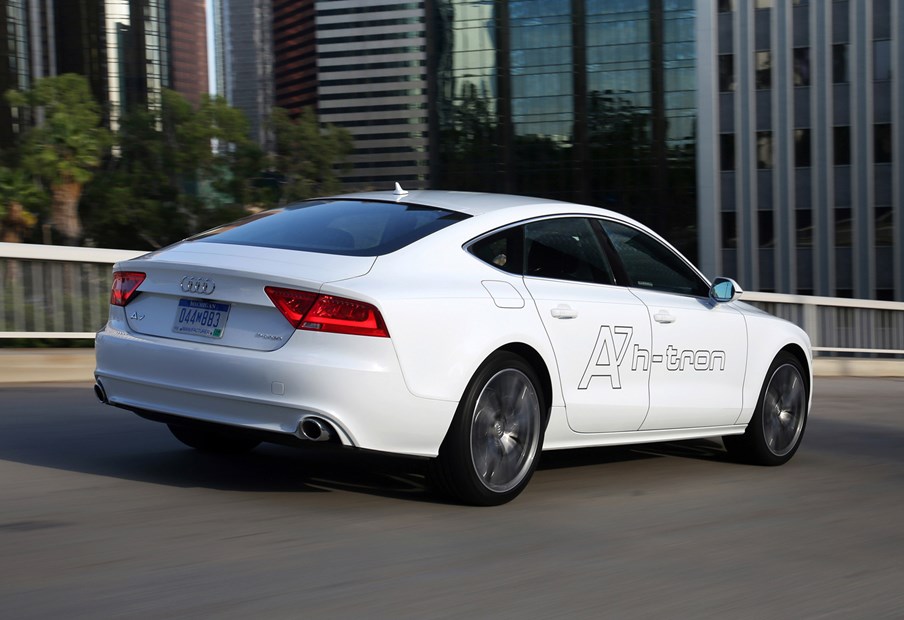
Audi A7 Sportback performance comes via either petrol or diesel power.
Petrol engine
The only petrol engine on offer in the Audi A7 is the 3.0-litre V6 with 306bhp that sees the car form 0-62mph in 5.6 seconds. It drives all four wheels through a seven-speed dual-clutch gearbox and covers ground with great ease. If there is a weak link in the chain it’s the 2.8-litre version. It’s not so refined and if you push it hard it feels laboured compared with the other three. The ‘driver’s’ version, if you like, is the 3.0-litre supercharged petrol – it’s got the best engine sound and when you prod the throttle with gusto it’ll reward you with a sharp shove in the back.
Diesel engines
You might expect the 201bhp non-quattro model to be a little tardy but its power delivery is wonderfully smooth and there’s enough there to justify the A7 Sportback’s £45k+ asking price. The 241bhp is more satisfying to drive of the two diesels, but not by much. If fuel economy is any part of your thinking then the 201bhp version is more than up to the job and you’ll go for that, but we think the majority of buyers will opt for the four-wheel-drive 3.0-litre TDI. The stats tell you a fairly bald story – that it’s superior to the competition: the 3.0-litre TFSI will get from 0-60mph in 5.6 seconds, which is 1.1 seconds faster than the equivalent Merc CLS and 1.3 seconds quicker than the BMW 535i GT. All three get up to a limited top speed of 155mph, though. The 3.0-litre TDI quattro also trumps its diesel rivals: it’ll go from 0-60mph in 6.3 seconds beating the equivalents by just over half a second. It’ll also top out at 155mph. For those in a hurry, the 3.0 Biturbo V6 diesel introduced in 2012 offers 309bhp and 0-62mph in 5.3 seconds to put in the same performance category as many petrol rivals. It’s also as quiet as it is quick.
Parkers recommends
The 3.0-litre TDi with 241bhp makes for the best all round experience in the Audi A7 thanks to its performance, refinement and balance of running costs.
Fundamentally, the Audi A7 Sportback handles brilliantly. It does everything very well, but it’s not what you would call fun. It possesses huge grip levels, so much so that you have to be behaving like an absolute hooligan to even get the stability control to kick in. In all guises the A7 turns in wonderfully, behaves itself throughout the corner with no wobbles or shimmies and exits just as smoothly and gracefully.
This is no doubt partly down to Audi’s torque vectoring traction control system that brakes individual wheels ever so gently if it detects slippage. It’s also down to a well-thought-out suspension set-up and a fine chassis. All this technology and mechanical wizardry means that you get a safe, controlled car with so much poise that it’s almost irritating.
The A7’s handling can be described as ‘assured’ and ‘positive’, but you might even consider it sterile. There’s no doubt that it does everything that is required of it: it’s beautiful on turn-in and you experience very little body lean. If you do want a bit of excitement you can make changes to the settings on the Audi Drive Select system: there’s auto, comfort, dynamic and personal.
Auto is a healthy compromise between comfort and dynamic. It is great for everyday driving, whereas comfort is useful for town driving and on the motorway. In reality you’d have to have your sensory levels on overload to notice the difference between auto and comfort modes. Your dynamic mode does, however, deliver a marked change in driving characteristics and it’s absolutely the setting for a bit of B-road fun.
Personal means you can change individual mechanical aspects of the car to get your own, unique set-up but we think the other three modes offer more than enough variety. Because the A7 is rather sterile we found ourselves mostly driving in the dynamic mode – that’s because it gives a better throttle and steering response and it keeps you in the lower gears for longer to give the best acceleration.
You can switch to the semi-auto sport mode that allows you to change gear yourself but that’s only really useful on twisty B-roads. The brakes are excellent too, but there is a minor complaint with the steering: you don’t feel hugely connected to the road and although it’s well weighted it just falls a little short when you consider the rest of the A7’s abilities.


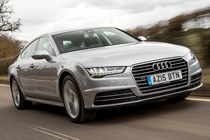
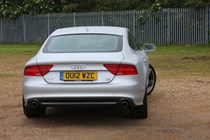
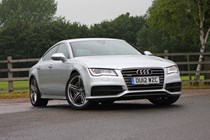
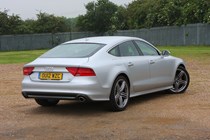
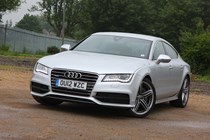
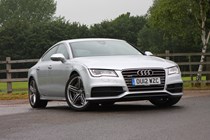
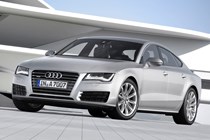
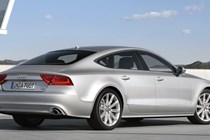
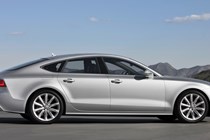
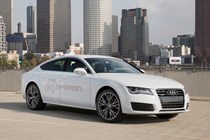
.jpg)
.jpg)
.jpg)
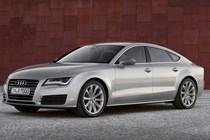
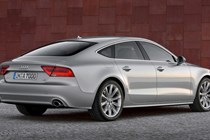
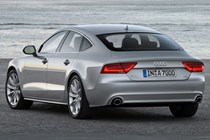
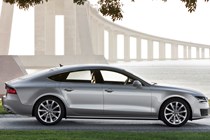

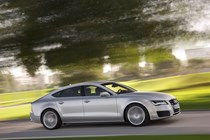
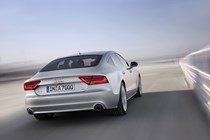
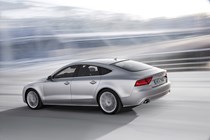
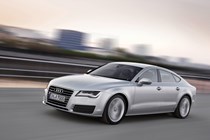

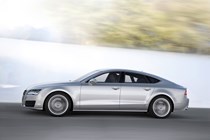
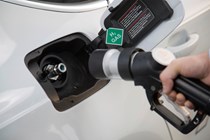
.jpg)
.jpg)
.jpg)
.jpg)
.jpg)
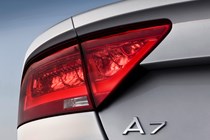
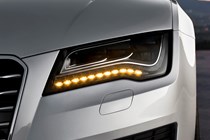
.jpg)
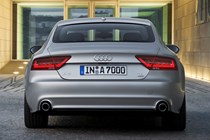
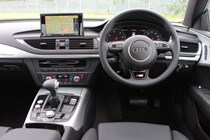
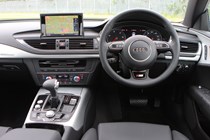
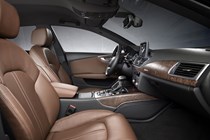
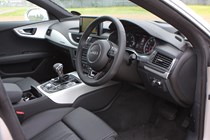
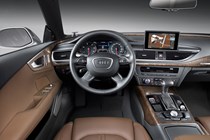
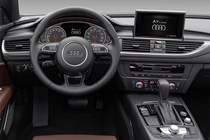
.jpg)
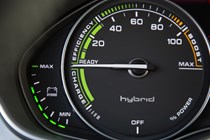
.jpg)
.jpg)
.jpg)
.jpg)
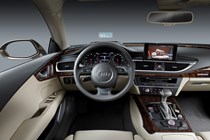
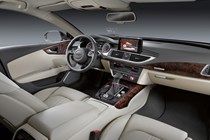
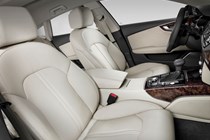
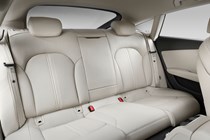
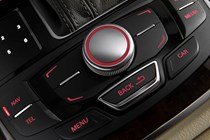
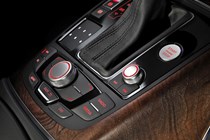
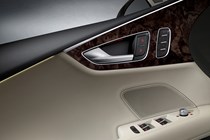
.jpg)
.jpg)
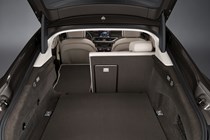
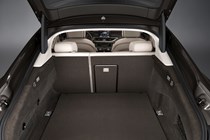
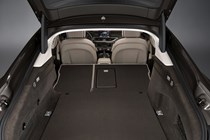
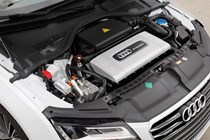
.jpg)
.jpg)
.jpg)
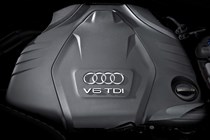
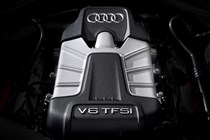










.jpg?quality=50)
.jpg?quality=50)
.jpg?quality=50)












.jpg?quality=50)
.jpg?quality=50)
.jpg?quality=50)
.jpg?quality=50)
.jpg?quality=50)


.jpg?quality=50)







.jpg?quality=50)

.jpg?quality=50)
.jpg?quality=50)
.jpg?quality=50)
.jpg?quality=50)







.jpg?quality=50)
.jpg?quality=50)




.jpg?quality=50)
.jpg?quality=50)
.jpg?quality=50)

